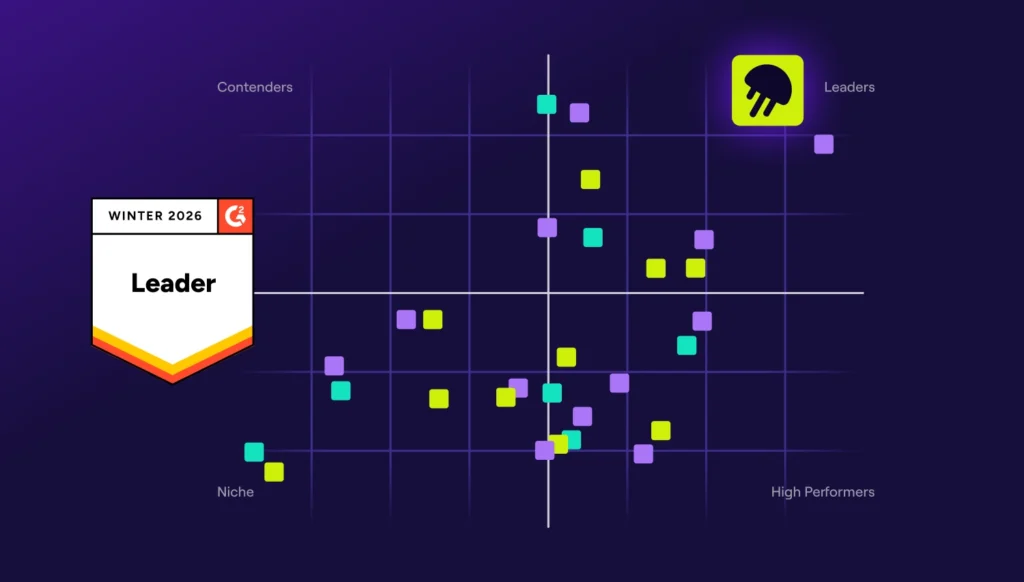What is Value Stream Management?
Value stream management (VSM) refers to a kind of strategic approach that enables organizations to optimize their workflows and deliver value to customers more efficiently. It provides a holistic view of the entire value stream, which encompasses all the steps involved in delivering a product or service, from concept to customer.
At its essence, value stream management seeks to eliminate waste, improve collaboration, and enhance the “flow” of value through the entire process – hence the “stream.” By analyzing and visualizing the value stream, organizations can better identify bottlenecks, locate inefficiencies, and prioritize areas for improvement.
Successful VSM (value stream management) is about visualizing, analyzing, and continuously improving the end-to-end software development and delivery process. It encompasses various activities, including requirement gathering, coding, testing, deployment, and customer feedback. Mapping out the value stream and analyzing each step’s efficiency can help organizations identify areas of improvement and make data-driven decisions to enhance the overall value delivery.
A key aspect of VSM is the identification of value-adding and non-value-adding activities within the stream. Value-adding activities directly contribute to meeting customer requirements, while non-value-adding activities, often referred to as waste, do not add value to the end product. Examples of waste include excessive waiting time, unnecessary handoffs, and rework. By identifying and eliminating waste, organizations can streamline their processes and optimize value delivery.
One value stream management example in practice is the adoption of Agile methodologies. Agile focuses on iterative development, collaboration, and delivering incremental value to customers. Through practices like Scrum or Kanban, teams can visualize their workflow, identify bottlenecks, and continuously improve their processes. By utilizing Agile and VSM principles together, organizations can enhance their ability to deliver high-quality software in a timely manner.
Another example is the implementation of value stream mapping tools and software. These tools allow organizations to create visual representations of their value streams, highlighting the flow of work, dependencies, and potential areas of improvement. By analyzing the maps, teams can gain insights into where delays or inefficiencies occur and take corrective actions to optimize the value stream.
Value stream management is a strategic approach that aims to optimize and improve the flow of value in software development and delivery processes. By visualizing the entire value stream, identifying waste, and continuously improving the process, organizations can achieve faster time-to-market, higher quality products, and improved customer satisfaction. Whether through the adoption of Agile methodologies or the use of value stream mapping tools, implementing VSM can drive significant improvements in an organization’s software development capabilities.
How to Implement Value Stream Management
Implementing value stream management requires a structured approach that involves understanding the value stream, mapping the current state, identifying areas of improvement, and implementing changes.
By following a systematic implementation process, organizations can effectively optimize their software development and delivery processes and achieve the benefits of VSM. Here’s how to implement value stream management:
- Understand the Value Stream – What are the three parts of a value stream? The input or raw materials (such as requirements or user stories), the transformation process (development, testing, deployment), and the output or final product delivered to the customer. Understanding these elements is pivotal to driving success throughout the entire process.
- Map the Current State – Once the value stream is understood, the next step is to map the current state of the value stream. Value stream mapping involves creating a visual representation of the entire process, including all the steps, handoffs, delays, and potential or expected wait times. This exhaustive mapping exercise helps identify bottlenecks, waste, and areas for improvement. VSM tools and software can be utilized to facilitate the mapping process and capture relevant data.
- Identify Areas of Improvement – With the current state map in hand, the organization can analyze the value stream and identify areas of improvement. This analysis should focus on identifying waste, such as unnecessary handoffs, waiting times, or rework. Additionally, it is important to involve all stakeholders, including developers, testers, operations teams, and business representatives, to gather insights and perspectives on potential improvements. Open and effective communication is necessary to streamline this step.
- Implement Changes – Once the areas of improvement have been identified, it is time to implement changes to optimize the value stream. This may involve optimizing processes, reducing handoffs, automating tasks, improving communication and collaboration, or adopting Agile methodologies. Value Stream Management DevOps (VSM for DevOps) practices can also be integrated to enhance the flow and efficiency of software development and delivery.
- Continuously Monitor and Improve – Value stream management optimization is an iterative process that requires continuous monitoring and improvement. Organizations should establish key performance indicators to measure the performance of the value stream, such as cycle time, lead time, and defect rate. Regularly review the value stream maps, track the KPIs, and engage in continuous improvement efforts to further optimize the value stream.
When following these steps, organizations can successfully implement value stream management principles and drive significant improvements in their software development and delivery processes. It is important to foster a culture of collaboration, data-driven decision-making, and continuous improvement throughout the implementation journey to achieve optimum outcomes.
Value Stream Management Software
Value stream management software plays a crucial role in enabling organizations to effectively implement and practice value stream management principles. It provides the necessary tools and capabilities to visualize, analyze, and optimize the entire value stream, helping organizations identify bottlenecks, eliminate waste, and improve overall efficiency. VSM software empowers teams to make data-driven decisions and continuously improve their software development and delivery processes.
A value stream management platform allows organizations to map out their end-to-end processes, from ideation to product delivery, and gain insights into each step’s efficiency and performance. By visualizing the flow of work, teams can identify areas of improvement, track progress, and measure key performance indicators to ensure that value is delivered efficiently and effectively.
Value stream management software offers a range of features and functionalities to support VSM practices. These tools enable organizations to capture and visualize their value stream maps, providing a clear understanding of the entire process flow, handoffs, and dependencies. By having a visual representation of the value stream, teams can easily identify bottlenecks, waste, and areas for improvement.
Furthermore, a VSM tool offers analytics and reporting capabilities to track and measure the performance of the value stream. They provide real-time data on cycle times, lead times, throughput, and other key metrics, allowing teams to monitor progress and identify opportunities for optimization. With this data-driven approach, organizations can make informed decisions and prioritize improvement efforts based on actual performance data.
In addition to visualization and analytics, value stream management software often integrates with other software development tools and platforms. Integration with project management tools, version control systems, continuous integration/continuous delivery (CI/CD) tools, and issue tracking systems enables seamless data flow and end-to-end visibility across the entire software development lifecycle. This integration helps teams gain a comprehensive view of the value stream and facilitates collaboration and coordination among different teams and stakeholders.
Value stream management software plays a vital role in enabling organizations to effectively implement and practice VSM principles. By providing visualization, analytics, and integration capabilities, these value stream management tools empower teams to optimize their value streams, eliminate waste, and deliver value more efficiently. With a range of VSM tools and platforms available, organizations can choose the solution that best fits their specific needs and requirements.





